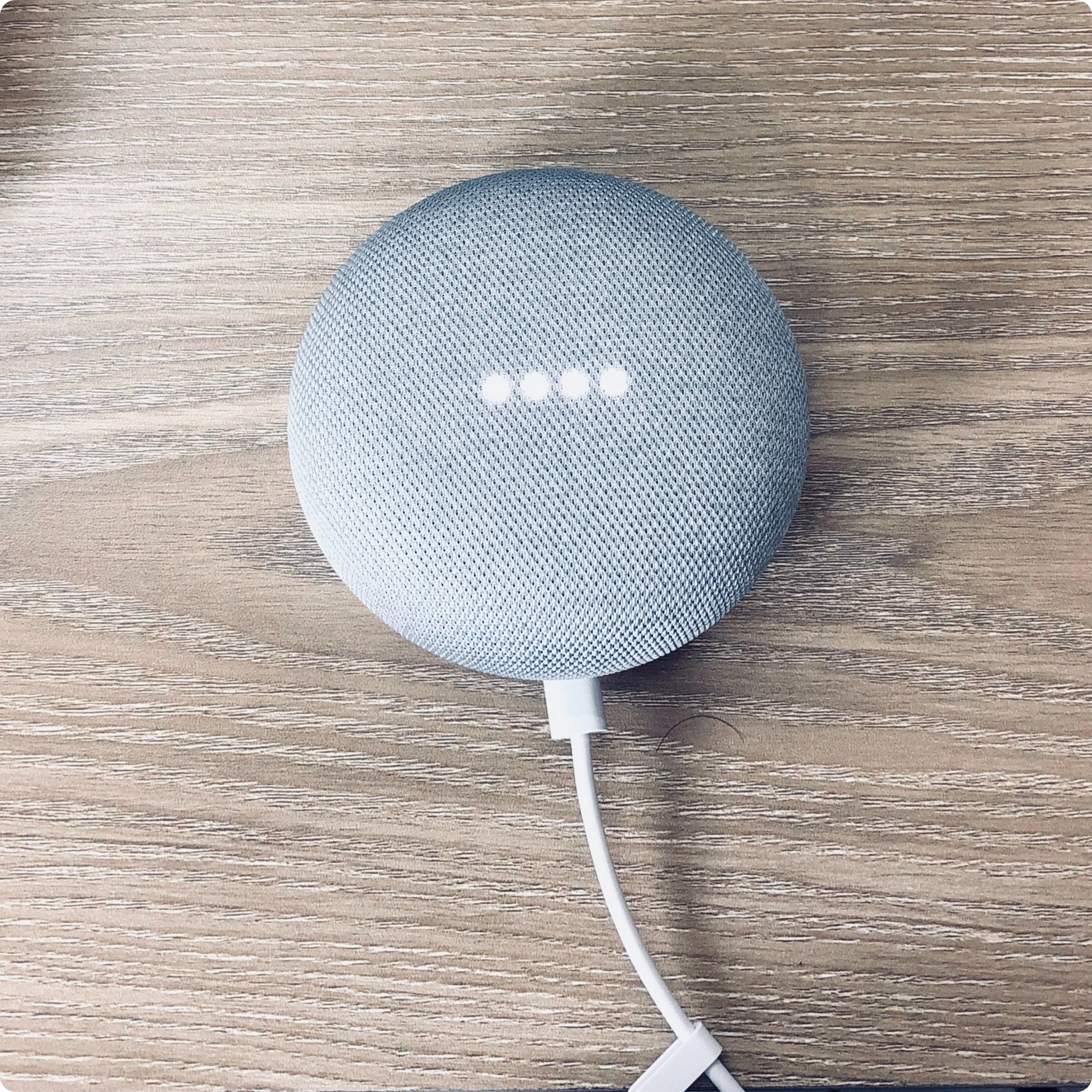Understand some of your e-commerce store visitors a little better
Online shoppers are such mysterious creatures. They can spend an hour browsing your store and leave with nothing. Or fill the cart with a dozen carefully selected items before abandoning it forever. Or buy the most ridiculous collections of things at 4.38AM on a Sunday.
When you’re looking at your online store’s stats (and you do look at those, right? we sure hope so), it may seem like your visitors’ behaviour is totally irrational and unpredictable. But in reality, there is method in their madness — which means that these temperamental beasts can be tamed, leading to more checkouts completed and more positive feedback received. That means higher sales and more returning customers for you — hurrah!
Today we will help you understand some of your e-commerce store visitors a little better by distinguishing 4 types of online shoppers, based on their wants, needs and fears. Armed with these highly scientific observations, you’ll be ready to make your online shop a welcoming haven for each type of customer.

Profile #1: The Worrier
Shopping online is a stressful activity for The Worrier. Maybe they’ve been burnt in the past, or maybe they’re just hyper-aware of the potential threats of digital retail therapy: data leaks, online fraud, unscrupulous retailers selling people’s personal data, and other dangers. The Worrier stays vigilant from the moment they enter your site. Does the store look legitimate? Does it have reliable-looking reviews? Does the checkout look secure?
These aren’t unreasonable concerns. In fact, all shoppers should be aware of these risks, and keep a watchful eye on anything suspicious in e-commerce land.
And our job as retailers is to put all these people at ease by showing that our stores can be trusted with their cash and their personal data. Once they feel relaxed, a Worrier will be happy to spend any amount of money with you, plus you’ll save them all those nerve cells killed by constantly checking for security issues.
Here are some simple steps to make your online store a stress-free zone for all the Worriers:
1- Display trust seals such as the Secure Socket Layer (SSL) certificate on your website. These seals show that your website is secure and that any personal information entered will be encrypted and protected.
2- Be transparent. Make sure your privacy policy and terms of service are easy to find and understand.
3- Use a reputable payment gateway that provides secure payment processing and protection against fraud. We would recommend Nets (granted, we are a little biased on this one).
4- Show customer reviews to help build trust. Positive reviews from real customers will reassure vigilant online shoppers that your store is legitimate and trustworthy.
5- Provide customer support. Whether you have a dedicated support team or you’re doing it yourself, make sure there is always someone to answer any customer questions or concerns. You can use an AI-powered customer care chatbot for the simpler requests and during times when there isn’t a real human around to talk to.

Profile #2: The Bargain Hunter
Perhaps “time is money” to you, but not to the Bargain Hunter! They will happily spend an hour scouring the Internet for coupon codes on €10 items, and feel like they’ve hit the jackpot every time they score a 5% discount.
These shoppers will compare you with other stores, look for deals, and probably abandon the whole cart if the shipping costs are higher than they expected.
Here are some ways to delight a Bargain Hunter:
1- Offer a small discount on their first purchase in exchange for signing up to your newsletter.
2- Be upfront about shipping costs and offer a discount if they buy more — or even free shipping on all purchases over a certain amount.
3- Make sure you have a clear sales and discount section, and offer coupon codes regularly.
4- Consider offering free returns to sweeten the deal — and if you do, display that info where people can see it straight away.
5- Offer discounts for bulk buys. This can be a single purchase or a subscription for items that regularly need to be topped up — anything from socks to coffee beans or vitamins.

Profile #3: The Mobile Shopper
Who needs huge shop windows or even big computer screens? The Mobile Shopper’s favourite shopping centre is their smartphone. Thanks to modern technology, they can have a supermarket or a fancy boutique in the palm of their hand, and they love it!
They also love to multitask: their shopping spree can happen in parallel with watching Netflix, walking the dog, or even… put it this way: good luck to you if you’re queuing for the bathroom while they are in there.
Mobile shopping is a fast-growing trend — so in the coming years more and more online purchases will happen on smartphone screens. Ignore this and you’ll miss out on a lot of sales!
So, how can you make this type of shopper so happy that they tap-tap-tap all the way through checkout and add your store to their smartphone’s bookmarks?
1- Make sure your store’s design is mobile-friendly. It should be easy to navigate on a small screen, and everything should work as perfectly as it does on the desktop version.
2- Optimise your mobile checkout. No surprises here! It’s a good idea to test it by checking out an item at your own store using your own phone, ideally with all the possible payment options you offer — and with a hot takeaway latte in one hand. Being your own guinea pig can help you spot areas where you can make things quicker, easier and more convenient for people paying on the go.

Profile #4: The Planned Returner
No, this isn’t about people who set up calendar reminders to shop at your store again and again (but wouldn’t you like to have a few of those among your customers!). The Planned Returner is a person who orders multiple items with an intention to only keep one of them and return the rest.
They can have many different reasons for shopping this way: the fact that sizing can differ between brands; the need to see each item in their own hands (and interior) instead of just staring at pixels; and who knows what else!
Sometimes it’s just more convenient to try before you buy. This is a popular behaviour, especially among Gen-Z shopping for clothes and other relatively small items — so it’s likely that, as this generation becomes more affluent, they will start applying this approach to all kinds of other product categories.
Instead of holding a grudge against the Planned Returners, you can make their shopping sprees easier using these tips:
1- Offer easy and flexible returns policies. Yes, this one is obvious — and in reality, this suggestion is universal, because it will benefit ALL of your customers, which can mean more completed checkouts and more frequent buyers.
2- Make sure your online store has detailed product information and helpful images and videos. This can help people make an informed decision and even eliminate the need for returns completely. Just think, you could be the one who helped a Planned Returner to simply check out one perfect item instead of buying the same thing in 5 sizes and 3 colours — for the first time in their difficult life filled with indecision and trips to the post office.
Which one are you?
Of course, there are many other types of online shoppers we could name: there are all kinds of interesting species browsing the virtual shelves of e-commerce stores. But if you focus on these four and make a few simple changes we have suggested, it will end up making your shop better for all of your visitors. A win/win if ever there was one.

Samara H. Johansson
Content Manager, Nets E-Commerce
I work as Head of Content for Nets E-commerce. I focus on competitive research and monitor market trends so I can find the most useful information for online merchants.
- Topics



